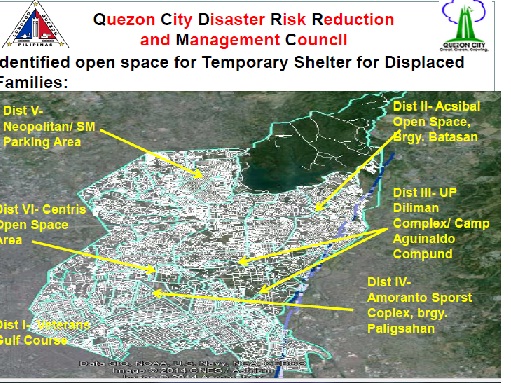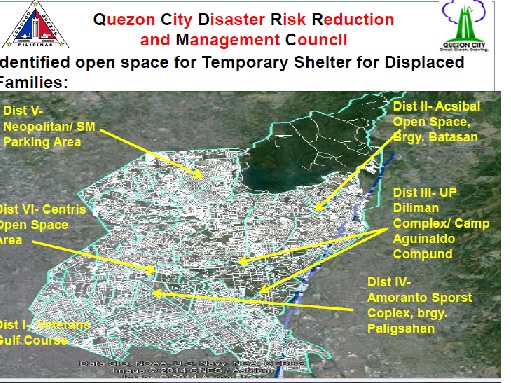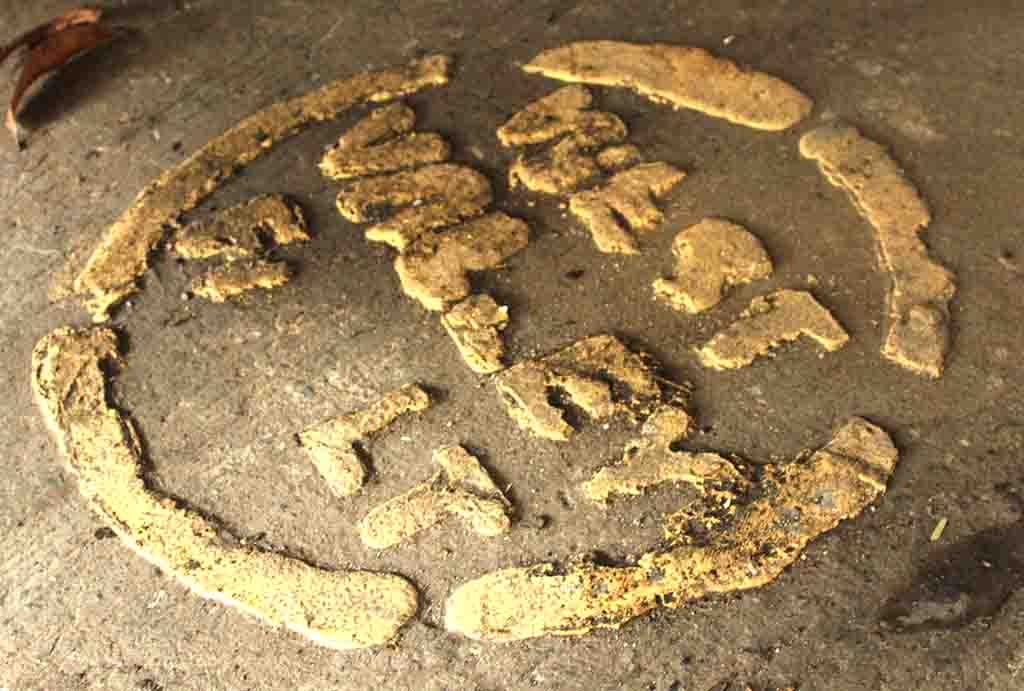By ELLEN T. TORDESILLAS
THE pain of a tragedy is assuaged by the lessons learned from it.
That is the case with the disaster that was how the Aquino government handled the damage wrought by super typhoon Yolanda (international name: Haiyan) in November 2013.

It was a reference point in several presentations in last Wednesday’s “Earthquake Resilience Conference” organized by the Carlos P. Romulo Foundation, Zuellig Family Foundation, and the Manila Observatory at the Manila Polo Club.
Some of the Yolanda mistakes which should not happen again:
*Command and control not immediately established.
* Failure to immediately secure the area.
*Inadequate emergency communication system.
* Failure to tap private sector resources immediately especially in the airlift of goods.
Director Renato U. Solidum, Jr. of the Philippine Institute of Volcanology and Seismology referred to the recent devastation in Nepal which was hit by a 7.8 intensity earthquake. More than 8,000 people were killed, hundreds were injured. Hundreds and thousands of buildings and structures were severely damaged.
Solidum talked of the West Valley Fault system in the Philippines which had the history of having moved four times in the past 1400 years. The last major earthquake from Valley Fault was in 1658.
“Hinog na hinog na,” he warned as he enjoined all sectors to prepare Now.
The grim scenario of 7.2 magnitude earthquake in Metro Manila: 31,000 dead and over 126,000 seriously injured. An additional 18,000 people may die from fires triggered by the earthquake.
Economic damage is estimated to reach 2.23 trillion pesos. Forty per cent of buildings and residential homes in Metro Manila may be destroyed or damaged and over three million people may need to be evacuated. Of particular concern are the 4-6 million informal settlers in the metropolitan area that are most at risk in the event of a major earthquake.
Metro Manila may separate into four isolated zones based on geography. Collapsed buildings in Makati and Mandaluyong as well as the Pasig River may separate the northern and southern parts of the metropolis, while broken road networks may isolate the west and east of the capital. The capital region faces isolation due to collapsed roads and buildings as well as fires.
Former Agrarian Reform Secretary Ernesto Garilao, now president of the Zuellig Family Foundation, said cities transected by the West Valley Fault are Quezon City,Marikina, Pasig,Makati,Taguig,and Muntinlupa.
Quezon City Mayor Herbert Bautista, whose presence in the conference indicates the importance that his city gives to disaster preparation, said the barangays most vulnerable in his area of jurisdiction are Silangan, Batasan Hills, Pansol, Libis, Blue Ridge, and Ugong Norte.
He said they have started the information campaign and reported that some homeowners in middle-class subdivisions like Blue Ridge are not cooperative and are even angry about the West Valley Fault reports as it would downgrade the value of their property.
He said the government has started retro-fitting the City Hall. They are planting trees along the fault.
He shared in the conference the Contingency Plan that they have prepared for Flood and Earthquake, which includes, within the first 24 hours, coming up with a master list of affected families (children, elderly, persons with disabilities), clustering them and assigning them to their respective tents.
It also includes deployment of temporary shelter and water purifier in every identified evacuation area.
Organizational structures were presented from local to national level. It was established that in the local level, it’s the mayor that is in charge.
Considering the problem of coordination among Metro Manila mayors in other issues like traffic, one asked, in the event of a Metro Manila wide severe damage, who’s in charge?
One of the resource persons replied: The Office of the President.
In our table the collective reaction was: “Naloko na.”





